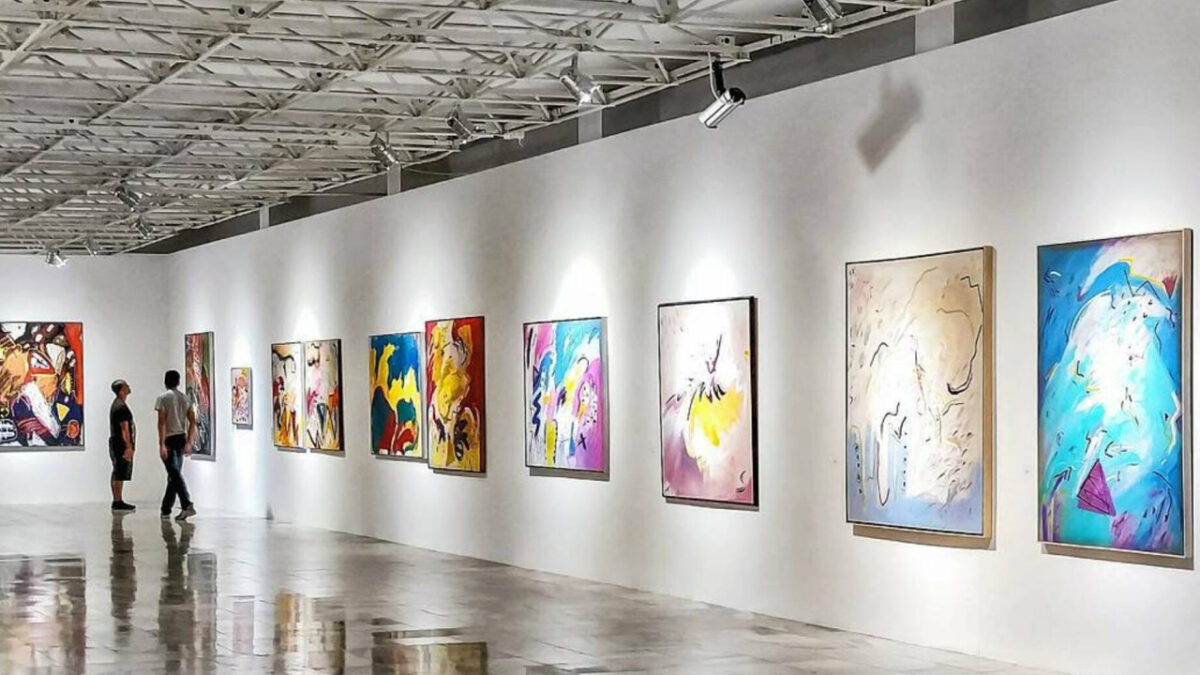According to Dmitry Ozerkov, the Head of the State Hermitage Museum’s Modern Art department, all museums will eventually develop their digital copies in the metaverse.
Ozerkov is now working on a digital version of the iconic Russian museum, the Celestial Hermitage, which will feature non fungible (NFT) paintings. In an exclusive interview, Ozerkov said, “We are all moving into the digital era, and our digital twin will be following us everywhere.”
With about 3 million works of art, the State Hermitage in Saint Petersburg, Russia, is the world’s largest museum by exhibition space. The museum made its first foray into the NFT realm in September 2021, when it sold five digital replicas of its most famous masterpieces as NFTs, raising nearly $450,000. The Hermitage opened its first totally digital exhibition, dubbed “The Ethereal Aether,” in November, featuring 38 NFTs in a digital reconstruction of the museum.
Unlike the physical Hermitage, where visitors can only look at the works on display, the virtual exhibition allows visitors to interact with the NFTs on display.
“You can pass through these doors without touching anything, while in the virtual world, you can do anything: you can play with artworks, you can make them interactive, you can add data to it”, explained Ozerkov.
The show is free to view online until December 10th.
The Hermitage’s interest in NFTs, as Ozerkov points out, goes beyond market dynamics and attempts to study the creative value that NFTs might bring to the modern art world.
“My idea was to take a selection of existing works out of the market and to put them into the museum and to have a look: what remains in them as art? Is there any art there or we like, what we value in them is only money?”.
